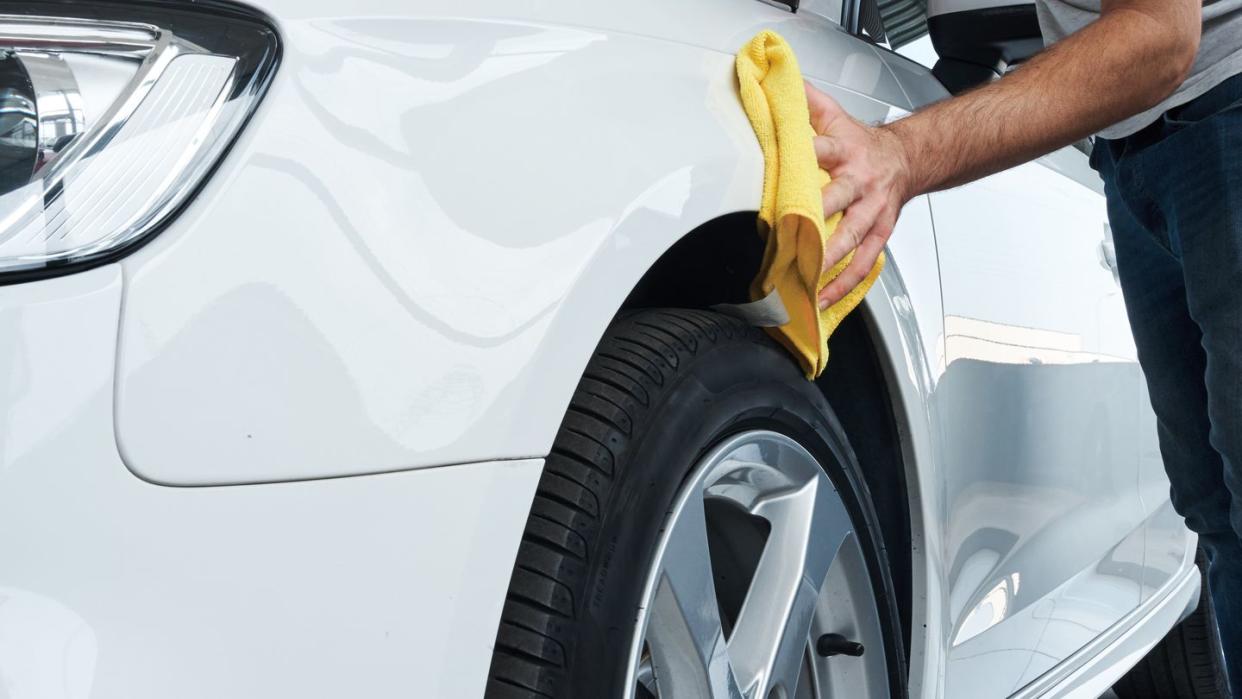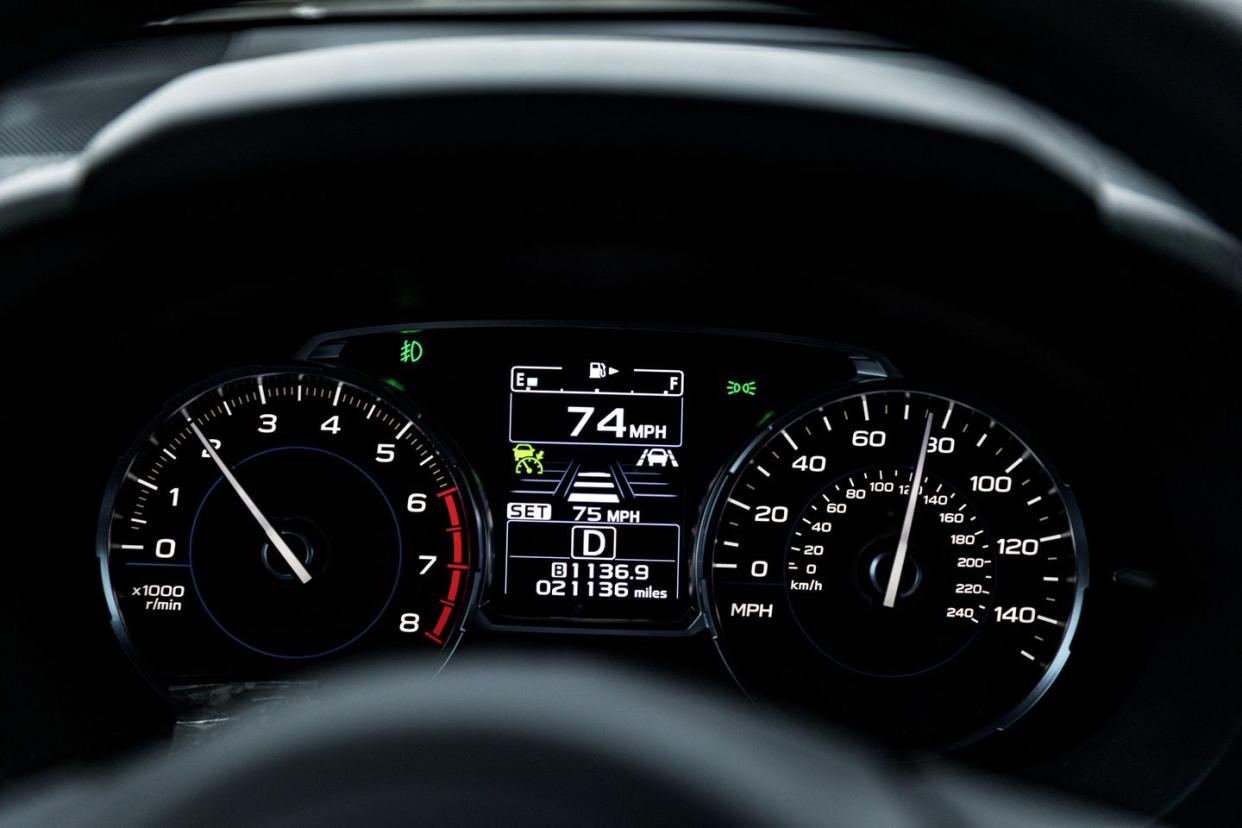How to Sell Your Car Privately and Get the Most for It

Time is money. When it comes to selling a car, spending a bit more of the former can net a reward in the form of the latter—if you're willing to play car dealer and work just a little for it. Sound good? Follow these steps to minimize stress and maximize profit.
Find Out What It's Worth
Before you get too far in this process, determine the value of what you're selling. We happen to have a tool that does just that, using data from Black Book. This free service and similar ones elsewhere online use aggregated transaction prices to give you an accurate estimate based on your car's specific options and mileage as well as where you live. Some offer to send the details of your car to local dealers so they can send you no-commitment (usually low) offers.
Either way, the tool will show you values, sometimes in a range, for trade-in and private-party sale based on the condition of the vehicle. Trade-in value is what you can expect from a dealer, either if you're trading the car in on another one or if you're just selling the old car outright. The private-party price is what you can get if you handle the sale yourself and sell to, well, a private party (i.e., not a dealer).
You'll notice that the private-party price is higher than what a dealer would offer you. (The dealer needs to make money on the eventual sale of the car, after all.) And generally, the better condition the vehicle is in, the larger the difference between the trade-in and private-party prices. If the difference is small, or simply not large enough to be worth the hassle of a private sale, you can sell to a dealer and get it over with. But the fact you're reading this suggests you want as much money as you can get from your former steed.
All that said, if you're buying your next vehicle from a dealer, it doesn't hurt to find out what they'd offer you for your old one. Whether or not the convenience of a one-and-done transaction is worth the (likely) lower price is up to you.
Gather Paperwork
This may sound basic, but make sure you know where the vehicle's title is prior to listing it for sale. If it's really good and lost, you may be able to get a replacement document, but that takes time. Better to get that out of the way before someone is interested enough to give you an offer you're not prepared to accept.
Buyers also like to see maintenance and repair records, as they show the car has been taken care of and by whom. Dealers can supply records of any work they've done if you ask nicely. Also consider paying for a vehicle-history report, which will list how many owners the vehicle has had and whether it's been reported to have been in any accidents.
If you had a lien on your vehicle due to a loan, get a letter from the bank saying it's paid off. If you still owe money on the vehicle, you'll need to pay that off before selling it to a private party. Assuming you don't owe more than the car is worth, a dealer can handle this payoff for you, so that may steer you back to the convenient option.
Clean, Then Photograph
Nobody wants to buy a dirty car. Spend a little time (or a little money if you want to outsource the job) to thoroughly clean the exterior and interior of your car. This is also a good time to remove any personal items you have stashed in cubbies or the glove box, including all of those expired registrations (no judgment). For cars that have been smoked in or are otherwise odiferous, consider paying a professional to clean the upholstery.
With things spic and span, it's time to take some glamour shots. Make sure you use a decent camera so the photos aren't grainy, blurry, or otherwise of poor quality. Important shots to include: any blemishes or rust, the current odometer reading, all angles of the exterior, enough of the interior to show its condition, and any items you plan to include with the sale, such as a roof rack or extra sets of wheels and tires.

Price and List It
Use the value you found to determine your asking price. Lower-than-market prices will help you move the metal faster. Remember, though, that you can always decrease the price if you find that no one is biting. It's also a good idea to do a quick survey of prices for similar vehicles in your area. Leave margin for negotiation by choosing a price that gives you some headroom above the minimum you'd accept.
Choose one or more listing services on which to advertise your wares. In the description, be honest about the condition of the car and include any info you'd want to see if you were the buyer. Mention when it was last serviced, how often the oil was changed, and what kind of oil was used, along with any recent preventative maintenance or upgrades.
Deal with People... and Bots
Once the listing is posted, the floodgates will open. Expect to get some not-quite-serious folks and low-ballers mixed in with people who might actually buy your car. Then there are the bots that respond to ads automatically. These are more prevalent on sites like Craigslist and Facebook Marketplace, and you can usually tell them from real people because they'll message you seconds after the ad goes up or they'll send a generic message that doesn't refer to the item being sold, sometimes with an offer to pay more than you're asking.
One way to filter through the noise is to include a sort of I'm-not-a-robot test in your listing—tell prospective buyers that they need to include a word or phrase in the subject or body of their message to prove their humanness. If you get a message that lacks the magic word(s), you can dismiss it as an attempted scam.
Serious buyers will want to test drive the car. You can insist on going with them as insurance against them absconding with your vehicle, or you can ask to hold something of value like their driver's license or the keys to their car. And while it should go without saying, make sure the car is clean and fueled before someone comes to see it.
Then comes haggling. We can't help much here except to say that you should stand firm on your minimum price.
Document the Sale
Before you laugh all the way to the bank, get proof that you sold the car and to whom. Write out a bill of sale and get that and the title signed by the buyer. Make a photocopy (or take a picture with your phone) of the reassigned title, the bill of sale, and the buyer's ID. This protects you against any funny business that happens with the title transfer and shows insurance companies that you are no longer responsible for the car. You may also need this information for tax purposes.
Speaking of insurance, you'll want to cancel the policy for the vehicle as soon as it's sold. Depending on where you live, you may also need to notify the governing body in charge of registrations. And if plates don't transfer with vehicles in your state, be sure to remove them before the new owner drives off. You may be able to reuse them on another vehicle, or at the very least they make good garage decor that reminds you of the fun you had in your now-departed car.
You Might Also Like
